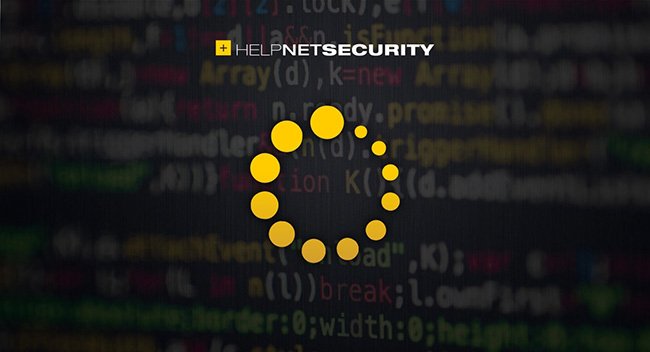
Black Kite released FocusTags, helping users to track high-profile cyber events and identify which vendors have been affected within their supply chain.

This latest capability furthers the company’s mission to provide continuous monitoring of vendors to identify and mitigate ransomware and other risks. FocusTags are automatically applied following high-profile cyberattacks but can also be added to help with supply chain organization.
“Time is of the essence when a cyber event disrupts the digital supply chain. You need immediate visibility into what happened and which of your vendors are at risk so you can take action,” said Chris Bush, CCO of Black Kite. “Our FocusTags give users the speed, clarity and visibility they need to manage incidents at scale and protect their bottom-line.”
Examples of incidents that trigger FocusTags include known ransomware attacks (such as those by Conti, Clop and REvil), data breaches (such as Lapsus$), geopolitical events that affect vendors in conflicted areas (such as the current war in Ukraine) and violations of the National Defense Authorization Act 2019 Section 889.
Black Kite FocusTags can also be used to filter vendor ecosystems. For example, a custom tag can be added to identify critical vendors who hold a large amount of PII or to indicate vendors that may have internal systems access.
“Our clients need continuous monitoring so they can ensure the safety and reliability of their supply chains. Point-in-time monitoring is simply not an effective strategy for combating the complexity of cyber incidents today,” said Chuck Schauber, VP of Product Strategy for Black Kite. “FocusTags makes it easy to see, organize and collaborate with vendors at scale.”
Black Kite provides technical, financial, and compliance-related third-party cyber risk intelligence. The technology eliminates false positives and ensures a holistic approach to vendor risk management.
Black Kite FocusTags are available now.








